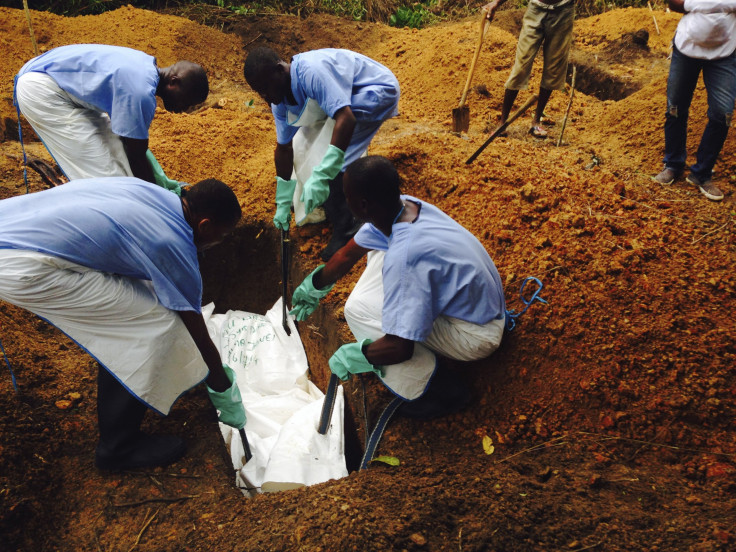Ebola Virus Outbreak 2014: 1.4 Million Cases Predicted By January, CDC Says

There could be 1.4 million cases of the Ebola virus by the beginning of next year if the epidemic stays on its current course, the U.S. Centers for Disease Control and Prevention warned in a worst-case scenario outlined in a report released Tuesday. The best-case scenario would be that the outbreak will have “almost ended” in Liberia and Sierra Leone by Jan. 20.
Dr. Thomas Frieden, director of the CDC, was optimistic that the more dire model wouldn’t become a reality. The forecasts didn’t have any projections for Guinea, which is among the three countries where the West African Ebola outbreak is concentrated. “My gut feeling is, the actions we’re taking now are going to make that worst-case scenario not come to pass,” Frieden said in an interview with the New York Times. “But it is important to understand that it could happen.”
There have been 5,843 reported cases of the Ebola virus in Sierra Leone, Liberia and Guinea and 2,803 deaths as of Monday, according to the latest update from the World Health Organization. The CDC's projection came days after WHO officials said the number of Ebola cases could hit 21,000 by November if efforts to curb the spread of the virus aren't intensified.
U.S. President Barack Obama recently pledged $763 million in funding and 3,000 troops to combat Ebola in West Africa. The money will help build treatment centers and train health care workers dealing with Ebola patients. The White House will also help set up a Liberia-based command center.
The number of cases could skyrocket to 1.4 million by Jan. 20 if the disease keeps on its current path and there are no effective methods to contain Ebola, according to the Times. The newspaper noted that the 1.4 million figure takes into account that there might be as many as 2.5 times more cases than have been currently reported.
An effective end of the outbreak in Liberia and Sierra Leone by Jan. 20 could be achieved if Ebola victims are properly buried and 70 percent of patients receive treatment “in settings that reduce the risk of transmission,” according to the Times.
© Copyright IBTimes 2024. All rights reserved.






















